Xu Dongdong:Chinese Abstract Painting Goes Global
by+Xin+Jing
Early summer of 2015 brought Beijing landscapes dotted with lush plants and flowers. Just after sitting down, Xu Dongdong reveals Souls of Creatures in Four Seasons, his latest series of paintings which was just completed a few months ago. Viewed from afar, the series leaves a similar impression to Western abstract paintings. However, a closer look shows that the paintings are full of Chinese elements. Using acrylic as pigment, the paint was applied to rubbed Chinese rice paper, which is moistened before receiving coats of paint to create a singular image.
Xus interview with China Pictorial marked his first media interview since he left the public eye more than a decade ago. The interview began with a look at his Chinese abstract paintings. As a pioneer, Xu hopes to construct an open artistic system for Chinese paintings to move from traditional to modern, and from regional to international.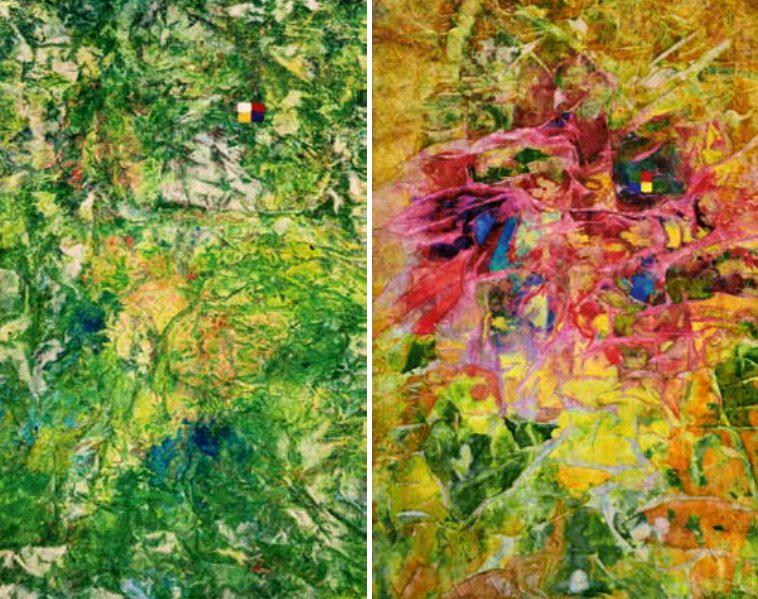
Young Star
Xu was born in 1959 to a Beijing family of scholars. He fell in love with painting as a kid. “Although I was tutored by many teachers, I started to learn traditional Chinese painting by imitating works of Chi- nese masters from various dynasties,” he recalls. In the 1970s, the Palace Museum, also known as the Forbidden City, dried its collected paintings in batches in natural conditions every year. The move brought greater opportunities for various exhibitions. Xu, then a teenager, visited almost every exhibition to study great works from ancient masters, and often stayed at the museum for a whole day.
Of various categories of traditional Chinese painting such as figures, landscapes, and flowers and birds, the gifted young man was drawn to landscapes the most. In the 1980s, Xu set off on a special pilgrimage to various Chinese mountains.“Quite different from Western landscape paintings, Chinese landscape paintings embody special Chinese worship and admiration of mountains,” Xu asserts. In the years that followed, Xu travelled to almost every renowned Chinese mountain and great body of water. During the process, not only did his painting skills develop rapidly, but he learned “how ancient Chinese sages observed and communicated with nature” and began to explore the relationship between man and nature.
His painting career progressed smoothly. In 1986, the album Xu Dongdongs Collection of Poems and Paintings was published. Liu Kaiqu, then curator of National Art Museum of China, wrote an article praising Xu as “a painter with distinctive features and great talent.” In 1987, a solo exhibition of Xus work was held in the main hall of the National Art Museum of China and his works were collected by the museum, making him the youngest artist ever to hold a marquee solo exhibition at the museum. In 1988, Xu was bestowed the title of national grade-I artist (professor), and became a member of the China Artists Association the next year, another rare feat in Chinas painting circles at that time. The young mans work became highly acclaimed.
As the honors piled up, Xu increasingly felt that painting was part of the process to achieve harmony between man and nature. Greatly influenced by NeoConfucianism from the Song (960-1279) and Ming (1368-1644) dynasties, Xu proposed the artistic idea of “infinite universal consciousness.” He emphasized that painters must “create artistic concepts with soul and spirit,” setting a solid foundation for the formation of his own world view in the days to come.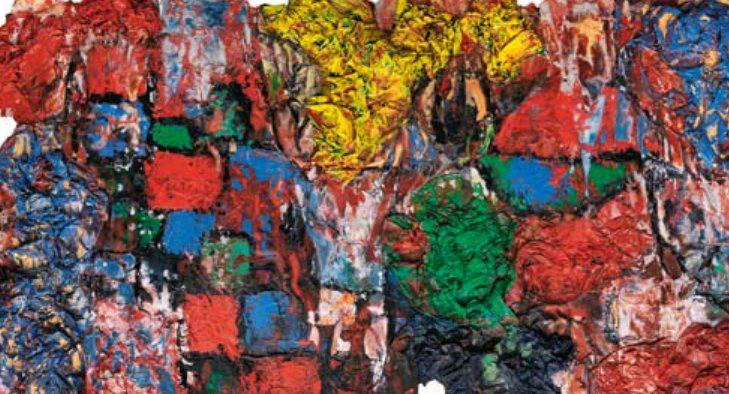
East-West Cultural Exchange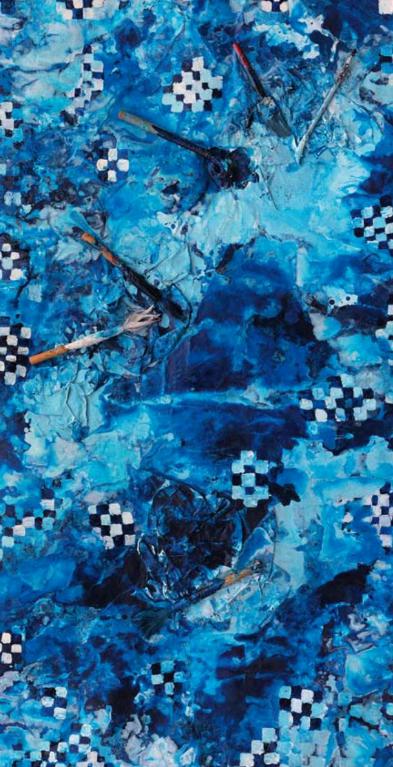
In 1997, Xu began bending the“Dreams of Sunshine and Harmony”activity. The activity uses the album The Inner World of Xu Dongdong, published the same year, as a guide. Including various facets of traditional Chinese painting, paintings integrating both Chinese and Western elements, and contemporary paintings, the album not only compiles Xus painstaking efforts over decades, but also showcases the Chinese artists understanding of his own culture and communication with alien cultures. Xu eventually present- ed this album to more than 1,200 libraries, museums, and galleries around the world. George H. W. Bush even wrote a letter to then Chinese Premier Zhu Rongji after the George Bush Library and Museum received the album, declaring that it was a special gift that both he and his wife loved very much.
In 2001, “From Tradition to Present – A Retrospective Exhibition by Chinese Artist Xu Dongdong” was held at the United Nations (UN) in Geneva. Vladimir Petrovsky, director-general of the UN Office in Geneva, and Rubens Ricupero, secretary-general of UN Conference on Trade and Development, attended the opening ceremony and delivered speeches. They revealed that Xu had conducted extensive exchange and dialogue with many cultural organizations in European and American countries, which conformed to the call for “Dialogues among Civilizations” by the UN.
Xu Dongdong believes that Chinas better integration into the world looks like a political and economic issue on the surface, but at the core is about cultural identity. While he was involved with the“Dreams of Sunshine and Harmony”activity, Xu began to tour Europe and the United States, carrying out systematic study of Western culture and art and carefully researching various genres of Western paintings.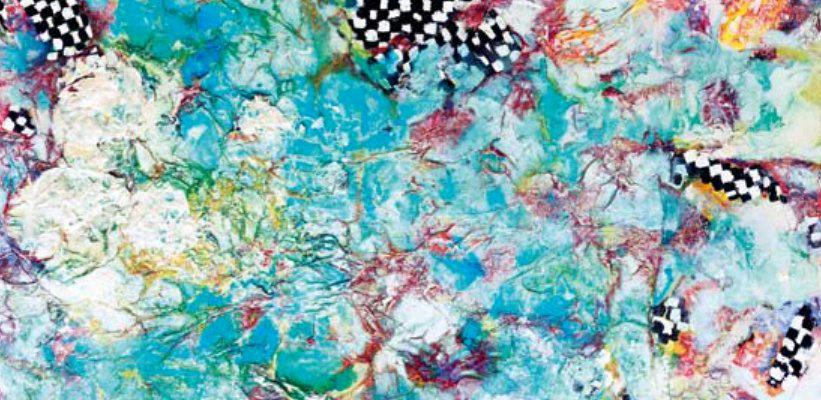
Exploring Chinese Abstract Painting
In 2003, at the peak of his career, Xu disappeared from the public view. “I dont want to fall into a path that others have taken,” he explains. Longing to be artistically reborn, Xu chose to live in seclusion to explore Chinese abstract painting.
Xus Chinese painting work started long ago. He started with traditional Chinese painting and absorbed color application from impressionism. “I attach great importance to the study of Western paintings,” he insists. “It is more than just a personal hobby, but also a law of cultural exchanges and a requirement of the time.”In the late 1980s, he began systematically researching abstract painting, and proposed“looking for abstract concepts in Chinese philosophy and transforming them into painting languages.”
His abstract paintings were unveiled one after another. From 2002 to 2005, he created Siege: Inside and Outside series, exploring the laws of human civilizations evolution. From 2005 to 2006, he presented Distance 23 series, in hopes of exhibiting 23 instantaneous moments of life. And his The Buddhism series created from 2000 to 2001, Ten Divinity Samples series in 2007, and The Taiji series from 2008 to 2010 ex- hibit his deep understanding of Buddhism, Confucianism and Taoism. From 2013 to 2014, Soul of Creatures in Four Seasons was created, lifting his Chinese abstract painting to a new level by depicting traces of human souls in the universe and discussing the cycle of life and lifes meaning.
“The significance of life lies in creation,” Xu insists. “Right now, the sail of my dream is raised high, and I will brave any and all wind and waves with a determined mind.”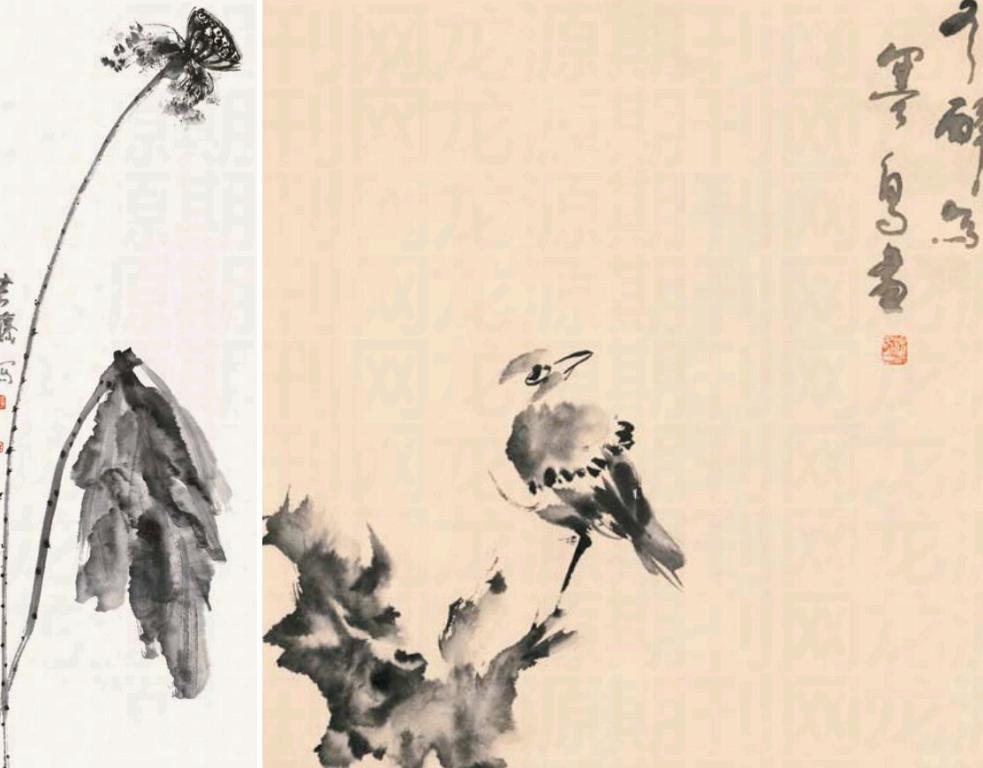
China Pictorial2015年6期
